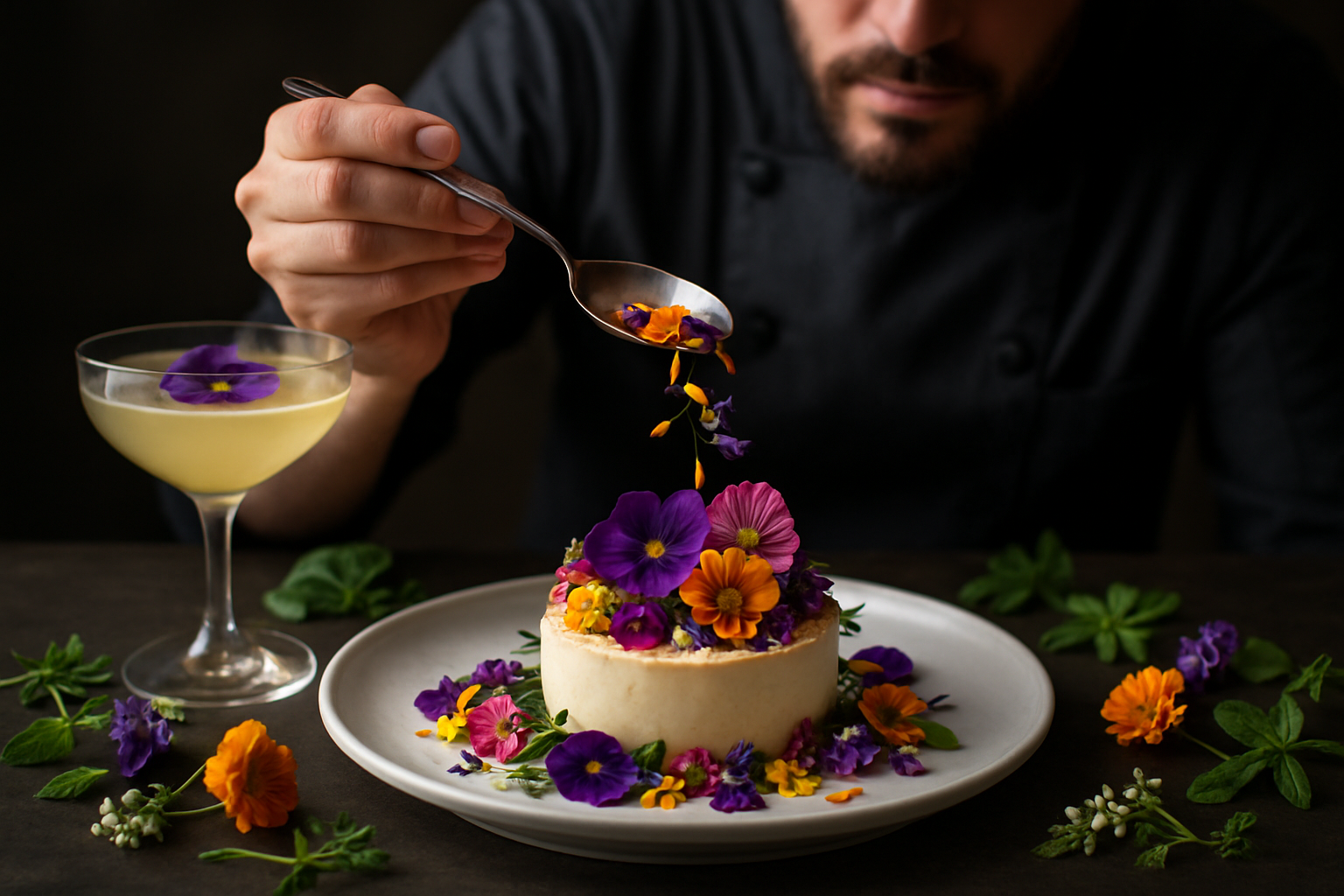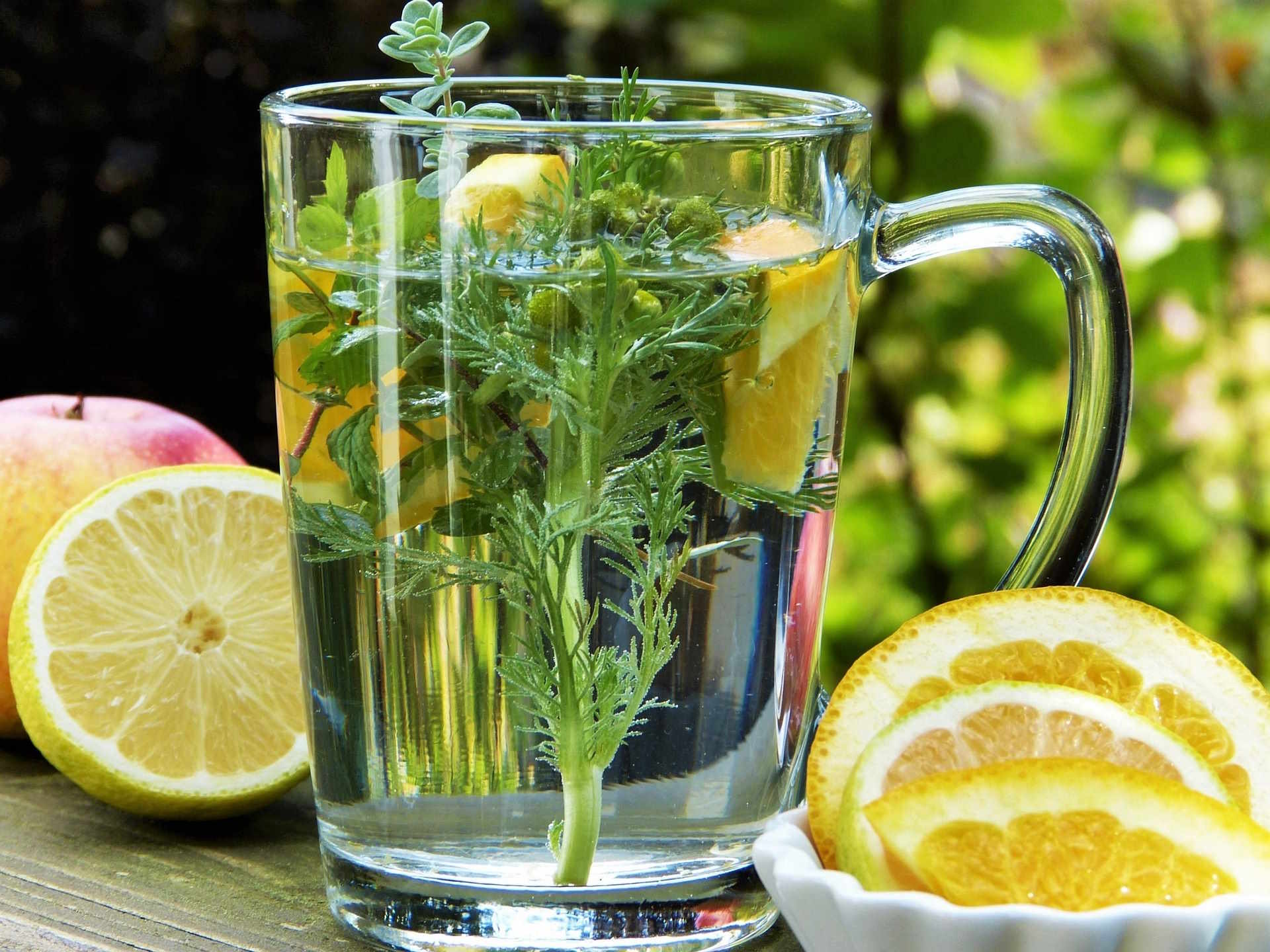Gastronomic Adventures: Exploring the World of Edible Flowers
Dive into the vibrant world of edible flowers, where culinary artistry meets nature's beauty. From delicate petals adorning gourmet dishes to floral-infused beverages, this blooming trend is transforming plates and palates alike. Join us as we explore the fascinating realm of edible flowers and discover how these colorful blossoms can elevate your culinary creations.

The appeal of edible flowers extends beyond their aesthetic value. Many varieties boast distinct flavors that can enhance a dish’s overall profile. Peppery nasturtiums add a zesty kick to salads, while fragrant lavender lends a subtle sweetness to desserts. As consumers become more adventurous in their culinary pursuits, edible flowers provide an exciting way to explore new tastes and textures.
Moreover, the use of edible flowers aligns with the growing interest in natural, plant-based ingredients. Health-conscious diners appreciate the nutritional benefits that some flowers offer, such as antioxidants and vitamins. This trend also taps into the farm-to-table movement, with many restaurants cultivating their own edible flower gardens to ensure freshness and quality.
A Palette of Flavors: Popular Edible Flowers
The world of edible flowers is vast and varied, offering a wide range of flavors to suit different palates. Delicate rose petals bring a subtle sweetness and floral aroma to dishes, making them perfect for desserts and teas. Vibrant marigolds offer a slightly spicy, citrusy taste that complements savory dishes and adds a pop of color to plates.
Chamomile, known for its calming properties in tea, can also be used in cooking to impart a mild, apple-like flavor. The bright blue petals of borage flowers have a subtle cucumber taste, making them an excellent addition to summer salads and cocktails. For those seeking a more pungent flavor, chive blossoms provide a mild onion taste that can elevate egg dishes and cheese plates.
Pansies and violas are prized for their delicate, slightly sweet flavor and stunning visual appeal. These versatile flowers can be used in both sweet and savory applications, from garnishing cakes to adorning canapés. The striking orange and yellow petals of calendula offer a slightly bitter, peppery taste that works well in soups and rice dishes.
Culinary Applications: From Garnish to Main Ingredient
While edible flowers are often used as a simple garnish, innovative chefs are finding ways to incorporate them more substantially into their creations. Flower-infused syrups and honeys are becoming popular additions to cocktails and desserts, offering a unique twist on classic flavors. Crystallized flowers, coated in sugar and dried, make for stunning cake decorations that are both beautiful and edible.
In savory dishes, edible flowers are being used to add depth and complexity to salads, soups, and main courses. Stuffed squash blossoms, a staple of Italian cuisine, are gaining popularity in other culinary traditions. Chefs are also experimenting with flower-based pestos, using nasturtium or garlic chive blossoms to create vibrant, flavorful sauces.
The beverage industry has also embraced the edible flower trend. Floral-infused waters and teas are becoming increasingly popular, offering a refreshing and visually appealing alternative to traditional drinks. Mixologists are incorporating edible flowers into their craft cocktails, using them not only as garnishes but also as key flavor components in syrups and infusions.
Growing Your Own Edible Garden
For those inspired to incorporate edible flowers into their cooking, growing a personal flower garden can be a rewarding experience. Many edible flowers are easy to cultivate, even in small spaces or containers. Nasturtiums, pansies, and marigolds are particularly beginner-friendly and can thrive in a variety of climates.
When planning an edible flower garden, it’s important to consider factors such as sunlight, soil quality, and watering needs. Research each flower variety to ensure you’re providing the optimal growing conditions. It’s also crucial to avoid using pesticides or other chemicals on plants intended for consumption.
Harvesting edible flowers requires care and timing. Most flowers are best picked in the morning after the dew has dried but before the heat of the day sets in. Gently rinse the flowers and pat them dry before use. Some flowers, like lavender and chamomile, can be dried for later use in teas or as seasonings.
Safety and Sourcing: Ensuring Edible Quality
While the world of edible flowers offers exciting culinary possibilities, it’s essential to approach their use with caution and knowledge. Not all flowers are safe for consumption, and even edible varieties can cause allergic reactions in some individuals. Always research and positively identify a flower before consuming it, and introduce new varieties gradually to check for any adverse reactions.
When sourcing edible flowers, opt for organic, pesticide-free options. If purchasing from a store or supplier, ensure they’re specifically labeled as food-grade and intended for culinary use. Flowers from florists or garden centers are often treated with chemicals and are not safe for consumption.
For those foraging wild flowers, it’s crucial to have expert knowledge or guidance to avoid toxic varieties. Be aware of local regulations regarding foraging and always gather from areas free from pollution or pesticide use.
Floral Culinary Tips
-
Start with small quantities when experimenting with edible flowers to avoid overpowering dishes.
-
Remove the pistils and stamens from flowers before eating, as these parts can be bitter.
-
Pair floral flavors with complementary ingredients: rose works well with strawberries, while lavender complements lemon.
-
Use edible flowers immediately for the best flavor and appearance, or store them in the refrigerator between damp paper towels for up to a week.
-
Freeze edible flowers in ice cubes for a stunning addition to summer drinks.
-
Try infusing oils or vinegars with edible flowers for a subtle floral essence in dressings and marinades.
The world of edible flowers offers a garden of culinary possibilities, inviting both professional chefs and home cooks to explore new flavors and visual presentations. As this trend continues to bloom, it opens up exciting avenues for creativity in the kitchen, encouraging us to see our gardens not just as sources of beauty, but as extensions of our culinary pantries. By embracing edible flowers, we can add a touch of nature’s artistry to our plates and palates, transforming ordinary meals into extraordinary culinary experiences.




